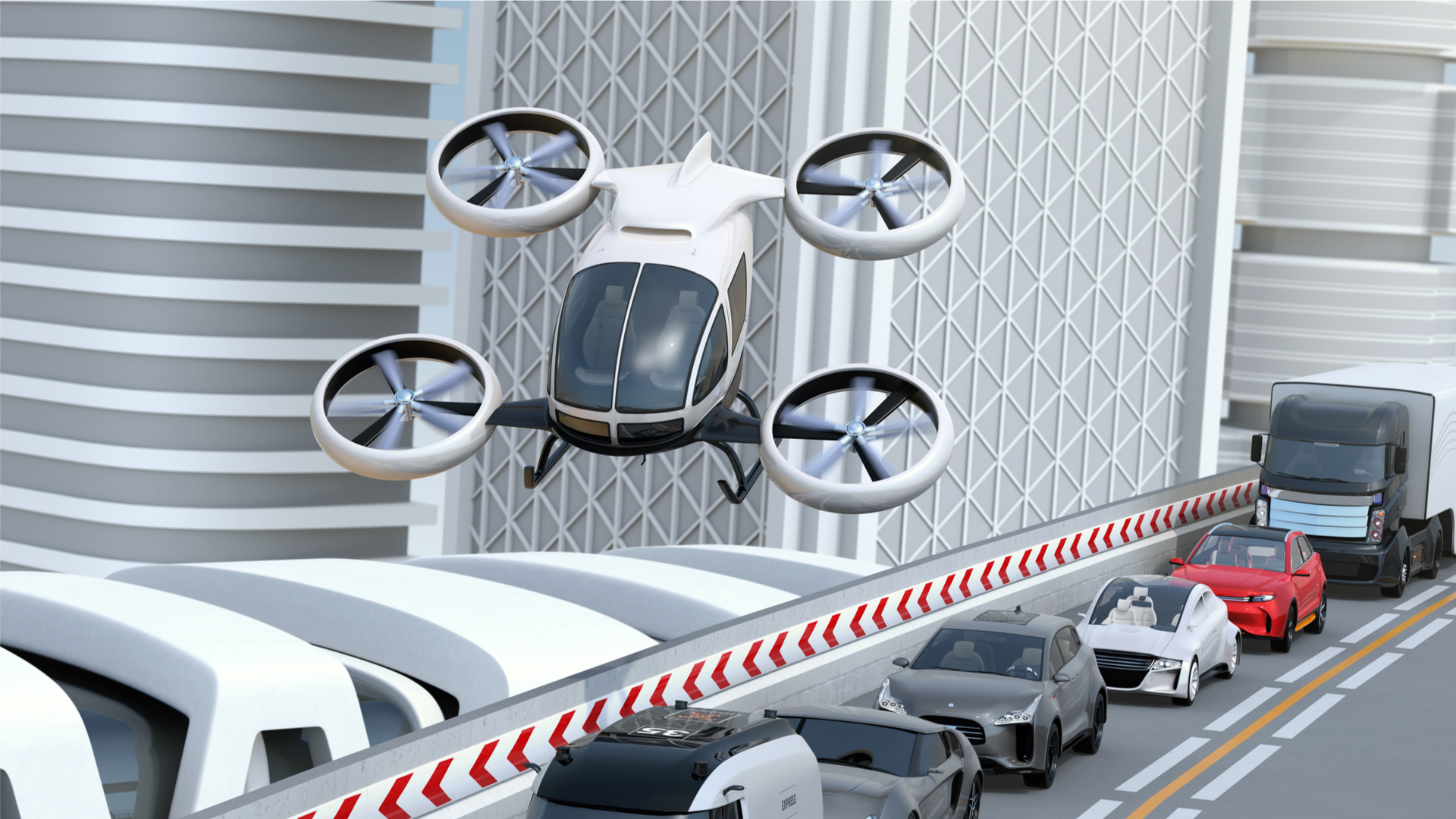
Dr. Jaiwon Shin has landed at Hyundai to head up its newly established Urban Air Mobility Division.
The aeronautics engineer is a former associate administrator for the Aeronautics Research Mission Directorate at NASA, as well as a co-chair of the White House National Science and Technology Council’s Aeronautics Science and Technology Subcommittee.
As executive vice president and head of Hyundai’s air mobility division, Dr. Shin will lead the company into a “new era of developing smart mobility products within the aviation industry”.
Hyundai will leverage his expertise in airframe, engine, safety and air traffic management technologies to develop solutions for safe and efficient airborne travel.
Commenting on his appointment, Dr. Shin said: “Having worked on cutting-edge aviation research and development at NASA for 30 years, I am very excited and humbled by the opportunity to now shape urban air mobility strategy at Hyundai Motor Group.
“The new team at Hyundai will develop core technologies that will establish the company as a driving force in urban air mobility, a sector that is expected to grow into a market worth $1.5 trillion (£1.2 trillion) within the next 20 years.”
Last-mile parcels and air metros

Urban Air Mobility is expected to become a critically important part of a range of solutions designed to reduce traffic problems in the world’s mega cities.
Aerospace giant Airbus established an Urban Air Mobility division last year to “co-create an entire industry from scratch”.
Harini Kulatunga, head of unmanned aerial mobility solutions at Airbus, said: “By 2030, 60 percent of the world’s population will be urban. To help cities cope with this massive population growth, transport solutions need to safely and sustainably improve the way people get from A to B.
“Urban air mobility enhances the coverage and reach of the transportation system with minimal land impact [and] sustainable city development becomes possible.”
In November 2018, a report published by NASA found that a commercially viable market for last-mile parcel delivery and air metro could be in place by 2030.
However, the market for air taxis is likely to be limited to concentrated areas of high net worth individuals and businesses. An example would be an air taxi from Manhattan to the suburbs.
At the Global Urban Air Summit in Farnborough, Tim Johnson, policy director for the Civil Aviation Authority (CAA), argued that society has a “low tolerance [for risk] and high expectation of safety standards for air travel”.
Investment in the sector is expected to top $318 billion (£259 billion) from 2020 to 2040.